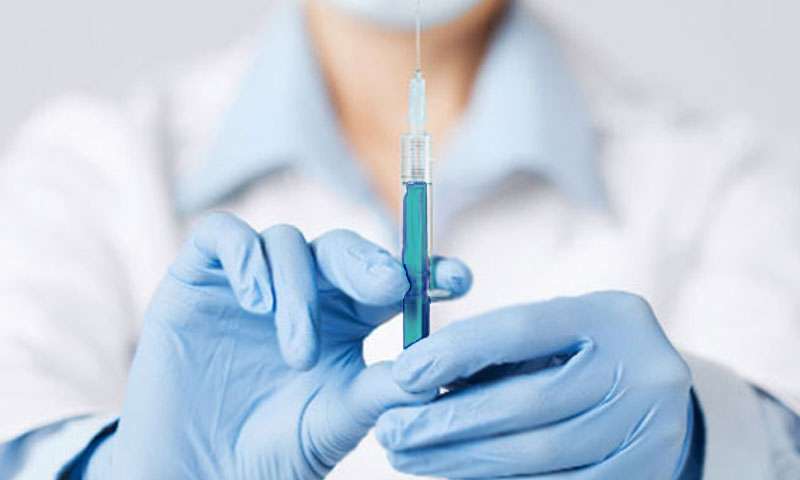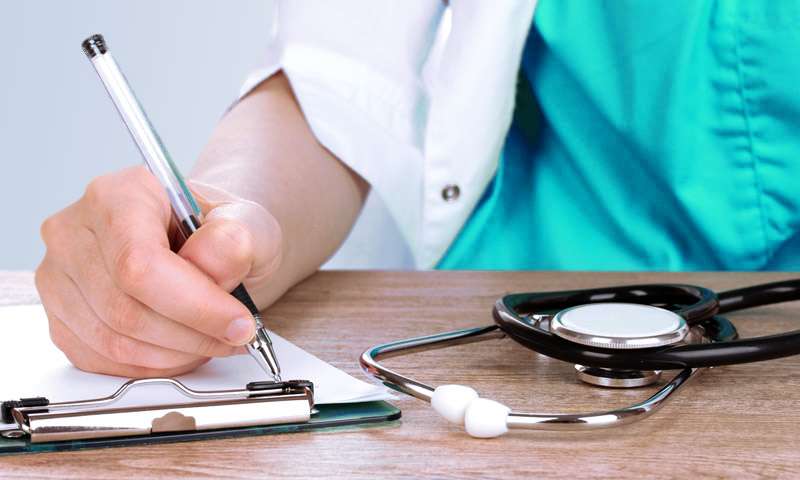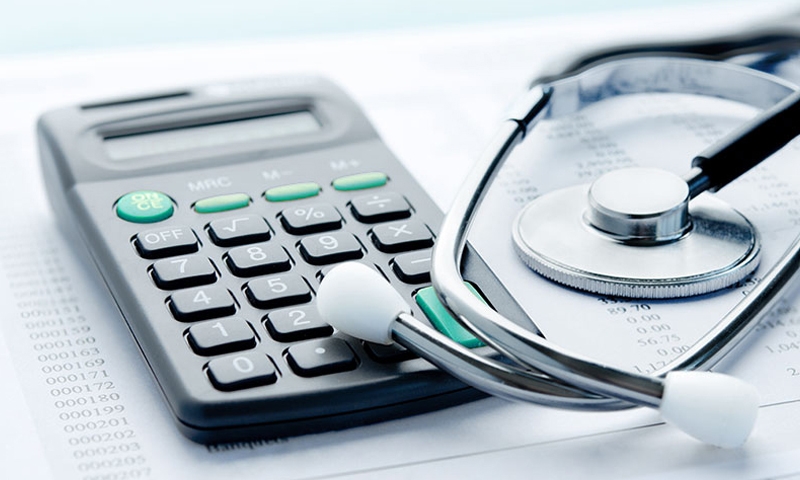Patient Info

YOUR FIRST CONSULTATION
The purpose of the first consultation is to assess your motivation, study your problem and define which procedures or treatments are appropriate for your needs. During this first meeting, you will receive all the oral and written information about the corrections to be made. The limits of these corrections and any side-effects will also be discussed.
This consultation will enable us to:
- establish a surgical or medical plan
- prepare a surgical and photographic file
- obtain a precise total cost for the procedure
You will have time to consider the treatments offered and a second consultation will be scheduled. The first consultation will be charged at 150 CHF.
Some classic surgical procedures may have an all-inclusive price,which will allow you to plan your budget without worrying about supplementary charges.
ORGANISING YOUR TREATMENT
After the first consultation, you will have all the information you need to make a decision about the treatment offered. During the second consultation, we will address any doubts you may still have and we will provide you with further details of what you should do before and after the treatment. If you agree to the treatment offered, we will arrange a treatment date at your convenience. In the event of a procedure requiring a general anaesthetic, you will be asked to attend a consultation with the clinic’s anaesthetist.
Routine aesthetic medicine procedures as botulinic toxin and filler injection, may be performed during the first consultation at the patient’s request.
We work with health insurance companies, but plastic surgery procedures sometimes require prior written approval from their medical department. Some outpatient procedures are covered even by the basic health insurance
Some necessary steps before any intervention include: taking pictures, taking measurements, ordering surgical garments, signing a consent form and providing a prescription and/or instruction sheet.

BEFORE AND AFTER YOUR TREATMENT

2-4 weeks beforehand
Some medications can interfere with the anaesthesia and/or cause undesirable side effects, which may compromise your surgery. You should inform us of any medications and vitamin supplements you are taking, as well as any known allergies (e.g. penicillin, latex or iodine etc.).
Aspirin (Aspegic, Alcacyl, AlkaSelzer, Kardegic, Tiatral, etc), Plavix, ibuprofen, vitamin E and some homeopathic remedies (e.g. Ginkgo, ginger, dong quai, camomile, ginseng) or their derivatives, increase the risk of bleeding and must be stopped at least 10 days before surgery.
Smoking may also affect healing. For the majority of procedures, we recommend that you don’t smoke 2 weeks before and 2 weeks after surgery. If necessary, you may use nicotine supplements (Nicorette).
Notify us in the event of a fever, cold or other illness before surgery.
Ensure there is someone to drive you to the clinic and take you home or to your hotel afterwards. As far as possible, ensure that this person stays with you and helps you at home for the first few days after the operation.
Arrange matters so that you can avoid worrying about work or your social life during the recovery period. The less stress you will have, the faster and more agreeable your recovery will be.
Few days and the night before surgery
A few days before the surgery, you should take a shower and wash your hair with a disinfectant soap, according to the doctor’s instructions. You can moisturise your skin after showers, with the exception of the last one because you should arrive for the procedure with a completely clean skin.
Prepare your personal effects several days before admission to the clinic; only bring what you need and avoid bringing high-value items with you.
The night before surgery, the patient should relax and rest. If you have an anxious disposition, ask your doctor for a sedative or tranquilliser.
Don’t eat or drink after midnight if you’re having a general anaesthesia or sedation. If you take any medication, discuss this with your doctor or anaesthetist.
The morning of the surgery
Arrive at the centre at the time indicated by your doctor.
Don’t drink or eat anything if your surgery is due to take place before midday. If your surgery is scheduled for the evening, you’re allowed to have a coffee, a tea, water and toast up to six hours before the procedure.
Do not wear a wig, hair accessories, nail polish or jewellery.
On the morning of the operation, you shouldn’t wear any make-up or apply any cream to your face or body.
Wear comfortable clothes. Don’t wear tight high heels or shoes that are difficult to remove. You are advised to wear loose clothing with a front opening (blouse) to avoid moving your arms. Cotton clothes are preferable to those made from synthetic materials. If you are undergoing facial surgery, you may bring some accessories like sunglasses, a scarf, a headscarf or a hat to hide the dressings.
Put a pillow and blanket in the car for your return home.
At the clinic
Upon arrival at the clinic you will be escorted to your room or to a preparation area for outpatients.
You will then be prepared for the surgery. All metallic objects (chains, rings, piercings, watches and earrings, etc.) must be removed. Similarly, contact lenses and dental prostheses should usually be removed on the anaesthetist’s recommendation.
Finally, after talking to your surgeon, you will be taken to the operating theatre for your procedure.
On the day after your surgery, your dressings will be checked and changed, as indicated by the doctor. The drains will be removed if necessary and a more comfortable dressing will be put in place. Following this, dressings will be changed at the Feel Well Centre and their frequency will depend on the type of surgery.
You will usually be discharged on the morning after your surgery.
You need to remember to rehydrate your body after the procedure.
You are advised to eat light foods, which are easy to chew and digest.
Carefully follow any instructions regarding taking your medication and changing your dressings.
Discomfort at the site of the surgery and general fatigue will improve gradually. In principle, the pain will disappear if you take the prescribed medications. The duration of the discomfort is very variable, but as a rule it can last from 2 days to 3 weeks. For most procedures, patients can resume their normal activities after a week.
The presence of swelling (oedema) and ecchymoses (bruises) is more pronounced between the second and fourth day but will gradually improve. Usually, ecchymoses disappear completely after 10-20 days, but mild swelling may persist for 6-12 weeks.
That is why definitive results are not achieved until after this time. As the swelling goes down, the results are more visible, although this depends on the type of procedure.
Avoid too much strenuous movement of the arms and legs for the first 10 days. Avoid any movements that may cause pain, unless expressly recommended by the surgeon. Physical exercise may increase the risk of bleeding and haematoma in the first 3 weeks.
The sutures may be removed between 5 days to 2 weeks after surgery.
The scars may become red and hard in the first few months after surgery. After 4-6 months, they will soften and become narrower, lighter in colour and be less noticeable.
Avoid exposing the scars to the sun for a year and use sun block if required.
After surgery, it is normal to :
- Feel a slight increase in temperature during the first 48 hours.
- Have seepage of blood and bodily fluids in the dressings for the first 72 hours
- Have slight inflammation or general swelling.
This is rare after surgery and you should contact a doctor in case of :
- Fever (38.5°C or higher) and shivering
- Severe swelling, particularly if it is only on one side
- Painful redness in the region that was operated on
It is important to understand that the recovery period varies from person to person and depends on the type of procedure. There will be physical and emotional changes to be taken into consideration for a good recovery.B e patient and let the recovery process take place naturally. Please contact us if you have any questions or concerns.
We hope you will have a pleasant experience and wish you a fast recovery.
TYPE OF ANAESTHESIA
General anaesthesia
With this type of anaesthesia, the patient is fully asleep and the anaesthesia team controls their breathing. This is the preferred anaesthesia type for long procedures to ensure maximum comfort for the patient and surgeon. Contrary to what people generally belief, general anaesthesia is one of the safest techniques because the doctors are in complete control of the patient’s airway. This type of anaesthesia can only be used if the patient has fasted for at least 6 hours as a rule. It is usually contraindicated in case of a fever, cold or other uncontrolled diseases.
Local anaesthesia with sedation
This type of anaesthesia is a combination of a local anaesthesia and anaesthesia delivered by the bloodstream, also known as intravenous sedation. Using this method, the patient is deeply relaxed, free from pain and will not recall any bad memories. This technique avoids intubation and all the side-effects of the general anaesthesia, such as nausea. This type of anaesthesia cannot be used if the patient has not fasted beforehand; usually for at least 6 hours.
Local anaesthesia
This is the preferred anaesthesia for most of our procedures. The anaesthesia is administered locally to block the pain transmission. In this way we can block a treatment area (the eyelids for example) or some specific nerves (a finger nerve for example). Taking its low rate of complications into account, a local anaesthesia is our preferred choice for all outpatient procedures, whenever feasible. An empty stomach isn’t required for this method. If the patient is anxious, we recommend some anti-stress medication to be taken orally.

GENERAL COMPLICATIONS

Like anything we do in life, surgery is not without risks and possible complications. Fortunately, these complications are rare in the hands of a qualified surgeon. In addition, many of these complications are temporary, reversible and can be corrected. If the surgeon and the patient work together, the undesirable effects will be reduced.
The surgeon must assess if the patient is suitable for the treatment desired. Patients who follow the doctor’s recommendations and are disciplined will show a reduced risk of complications. The most common general complications related to any plastic surgery are:
Unsightly scars
Any intervention involving incisions in the skin will leave a scar. Good healing depends on five factors: the location of the scar, skin type, tension on closure, care of the wound and the patient’s general state. Some parts of the body heal better than others; generally, scars orientated in the direction of the skin’s natural folds and on thin skin are almost invisible. Some skin types (dark skin for example) have a greater tendency to form thick scars and keloids. A scar subjected to a great deal of stress is more likely to become enlarged. A scar becomes permanent after 2 years in adults and 5 years in children.
Haematomas and ecchymoses
There are different types of bleeding after a procedure. Ecchymoses, more commonly known as “bruises”, are quite normal and usually disappear after two weeks. However, a haematoma is a collection of coagulated blood; this takes up space and is absorbed much more slowly. Despite good management of the bleeding at the end of the procedure, there is a risk of hematoma for the first ten days. To reduce this risk, you should avoid medications that prevent coagulation (Aspirin, Sintron, Plavix, AINS), stress, significant effort and any activity that may cause an increase in blood pressure. In case of a significant haematoma, you should contact your surgeon immediately.
Seromas
If a haematoma is a collection of blood, a seroma is a collection of clear liquid, which accumulates during procedures in which the lymphatic drainage system is disturbed. These effusions are usually absorbed spontaneously, but may need to be punctured depending on their size.
Infections
All wounds are at risk of infection. Infections are very rare in plastic surgery because all the precautions are taken to avoid them. Procedures that involve a foreign body (a breast implant for example) are more sensitive to infection; that is why the precautions are further increased for this type of procedure.
Other
Changes in sensitivity: Sometimes the skin around a scar becomes numb. This numbness may persist for several months and is not a cause for concern. Sensitivity usually returns to normal after several months.
Dehiscence and skin necrosis: In rare cases, wounds may break open, become larger or form a crust.These complications mean that the wound will take longer than the usual 10 days to heal.
Reaction to the sutures: Very sensitive patients may have a reaction to the sutures; this is quite common with the use of resorbable sutures. In these cases, you will see a local inflammatory reaction in the wound, like a small rash that will eventually finis with the expulsion of the suture. This shouldn’t be confused with an infection and can be easily treated.
Asymmetry and unsuitable result: Surgery is an art and a profession that involves working with living tissue without using precise measurement tools. This is why there is always the chance of slight asymmetry in the outcome. In addition, everyone has a certain degree of asymmetry, whether on our face or body. Most post-operative asymmetries are generally acceptable and do not need to be corrected.
Venous thrombosis: Prolonged surgery under general anaesthesia involves more general risks, such as a thrombosis (clot) in the veins of the legs. This is a potentially serious complication and that is why preventive measures are taken to reduce this risk.
Our team works to limit the risks and complications. Every week, our team performs dozens of procedures without any complications. However, each patient must be aware that every treatment carries a risk, whatever the type of procedure. That is why it is important that the patient understands and accepts the risks associated with the surgery. It is important to be well-informed before undergoing any procedure. Your doctor is the best source of information and will provide you with information on the usual risks associated with your treatment as well as your individual risk.
COSTS

Usual costs
The cost of aesthetic surgery is based on five factors: the type of anaesthesia, whether an overnight stay at the clinics necessary, the operating time, the use of special products (e.g. implants) and the difficulty of the procedure.
This is why it is difficult to give quotes without having first seen and examined the patient. We can provide you with a detailed quote at the end of your first consultation.
However, some “classic” procedures may have a package rate that includes the five aforementioned factors.”









